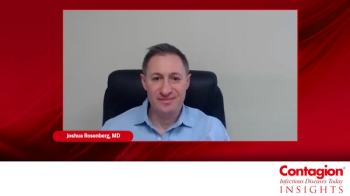
COVID-19 and Viral Suppression
During the pandemic, reduced HIV testing led to concerns about getting people diagnosed and on antiretroviral therapy (ART), and achieving viral suppression (VS).
Early on in the pandemic, in the southern United States, HIV testing sites shut down, and concerns about contracting COVID-19 kept people from getting tested, acknowledged Aadia Rana, MD, associate professor of Medicine at the University of Alabama-Birmingham and an associate scientist with the UAB Center for AIDS Research.
During this period, health care providers were concerned that a lack of testing could lead to untreated cases and prevent access to necessary ART to work towards viral suppression. While anecdotal evidence suggests this was mostly a temporary trend, COVID-19 is a reminder there are other ongoing challenges to HIV care adherence.
Rana’s focus has been studying viral suppression. She makes an important distinction between achieving it and making it last.
“If we are truly going to end the epidemic, we need to achieve much higher rates of not just achieving viral suppression but sustained viral suppression,” Rana said.
In an
Those findings were presented during the
In their follow-up studies, Rana and her colleagues are going to be looking at sustainable viral suppression trends from a longitudinal approach.
“We need to analyze—at the community level—some of the informants of achieving viral suppression and sustaining viral suppression,” Rana said.
She also wants to study how the pandemic affected the time to VS.
In this second interview segment with Contagion, Rana discusses the positive results in seeing the downward trend to VS and what was seen in the south during the pandemic.
Newsletter
Stay ahead of emerging infectious disease threats with expert insights and breaking research. Subscribe now to get updates delivered straight to your inbox.


























































































































































































































































































































